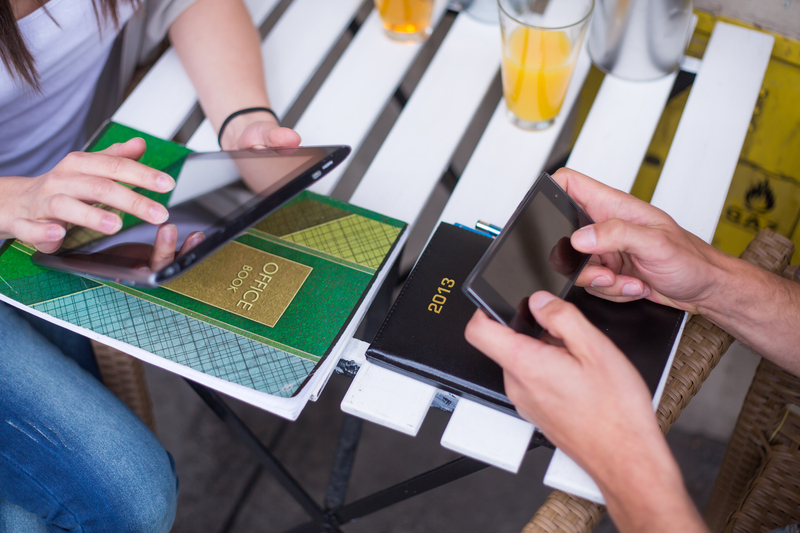SLPs and the iPad
I dreamed of creating SOAP notes and using articulation pictures – all within easy reach during a session. I imagined using YouTube clips for oral expression and finding games to inspire students. A dictionary and thesaurus at the touch of a screen made me giddy. Now almost four years later, the iPad has become indispensable in therapy. The App Store has exploded with speech language apps and ideas are shared about how to better engage our students in the technology age.
I do have some suggestions if you are new to the iPad in the therapy world and some wisdom to impart for those who are old hat with the iPad.
Buying an iPad. Make sure you buy an iPad with a large amount of storage. The iPad Air now comes with up to 128 GB of storage. Why so much storage? Speech language apps typically are large apps and will eat up space on your iPad, so plan for this. Can’t afford the 128 GB now? Then wait until you can afford it, because having to delete apps to run other apps is a pain in the neck. Consider this as important an investment as your computer.
Crashes. I read a lot of comments about crashes. While you have a lot of storage on your iPad the processor is not always as fast. To keep apps from crashing, close out apps regularly. You can do this by using 4 fingers to sweep up on the iPad screen or hit the home button (round button on the bottom) twice. You can close one to two apps at once by sweeping the app to the top of the screen.
SOAP Notes. Taking session note are so easy with my iPad. I used to have a 3-prong folder for each student that I would fold and sit on the table next to me. It took up a lot of real estate on my therapy table, not to mention time to handwrite notes. Now I sit my iPad Air in a wireless keyboard case next to me and it takes up less space than a sheet of paper. I have a document for each student that contains their treatment goals and daily notes. Keep in mind…
- Use the highest password encryption to protect students’ information.
- Using only first names and last initial for students can also protect their privacy.
- Back up your notes to your computer once a month just in case.
- If you have to reset your iPad, never fear – your notes are all in the iCloud and will come back once you reset using the same Apple account (email address and password).
Students teach me. I learn just as much from my students about what they know about technology as they do with me. One day, a middle schooler walked into my office and asked to use Siri. Skeptical, I said, “okay,” ready to pounce if it turned out to be negative. He said to Siri, “tell my why fire engines are red, please Siri.” I won’t spoil the surprise, but the answer is quite cute. Unbeknownst to my students, they are actually working on pragmatics, oral expression and a whole host of other language skills by allowing them to teach me a few new tricks.
Monitor use. Always be close by to monitor your students’ use of the iPad. You can put on parental controls. I make sure I have a passcode on both iPads so they can’t just grab the iPad and start using it. They need my permission. Think about it. You would not leave students alone with a computer and the same precautions apply to the iPad.
Next time, we’ll talk apps for iPads in business practices and in treatment….and if you have time, check out InferCabulary on the App Store!
https://itunes.apple.com/us/app/infercabulary/id796698831?mt=8


